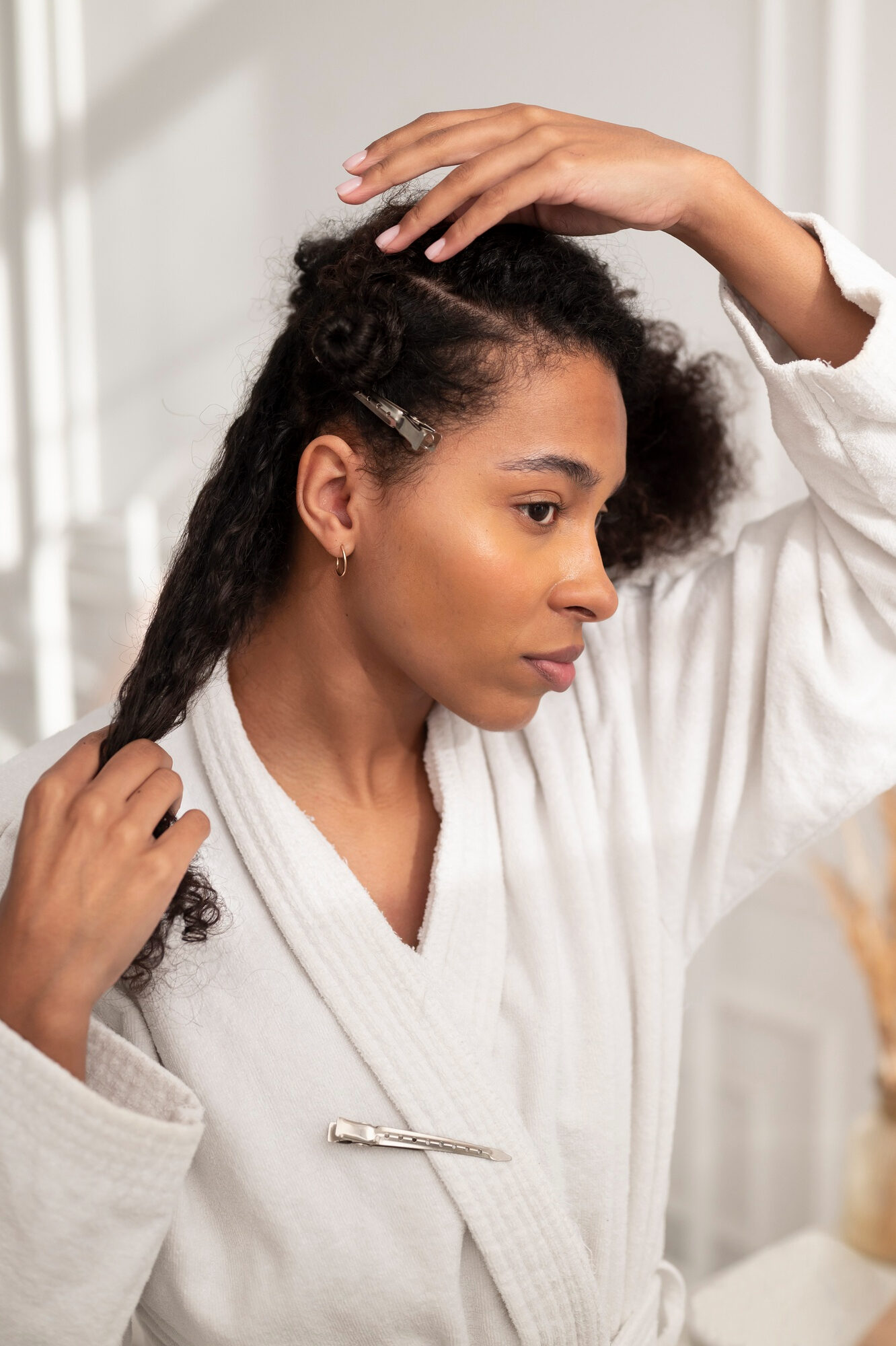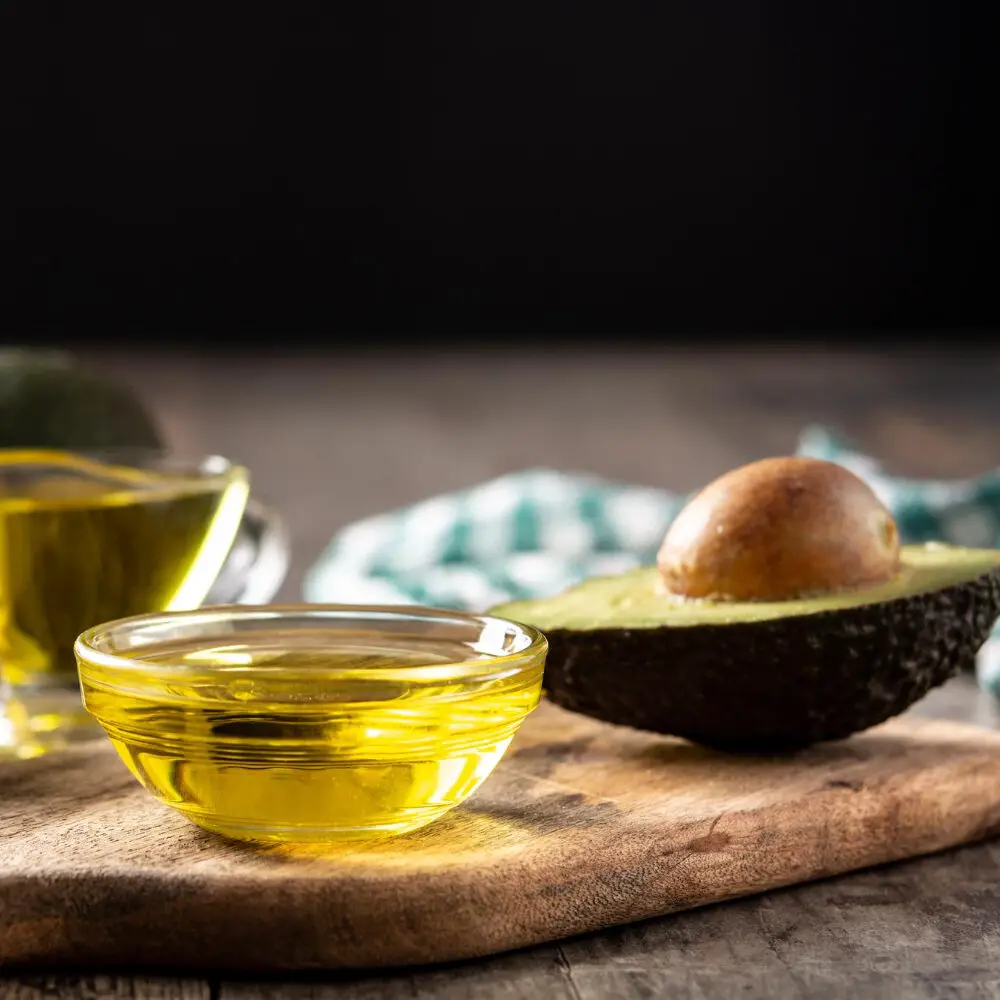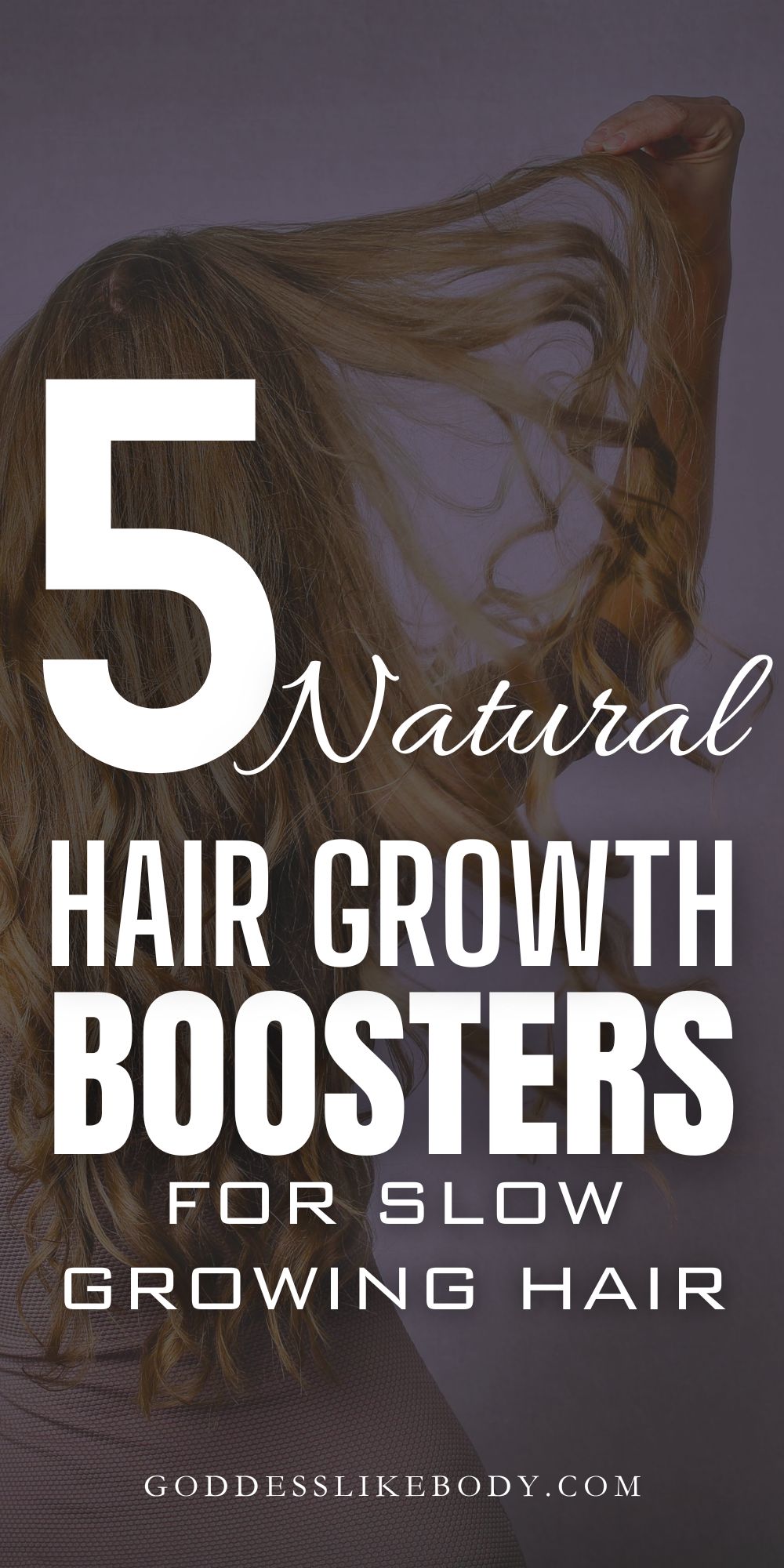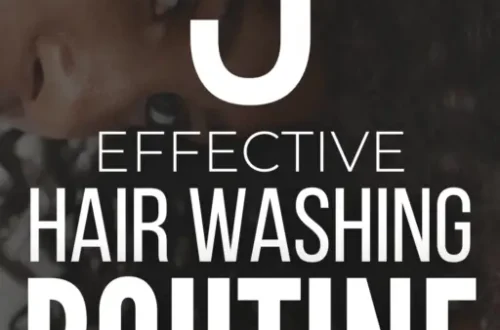How To Make DIY Hair Masks for Damaged Hair
Are you tired of dealing with damaged hair? Do you want to restore its health and shine without spending a fortune on expensive hair treatments? In this post, we will guide you through the process of making DIY hair masks that are not only effective but also easy to create using simple ingredients found in your kitchen. So let’s dive right in!
Busy? Save this pin for later.

Why Use DIY Hair Masks?
When it comes to treating damaged hair, DIY hair masks are a great choice for several reasons. Firstly, they are natural and free from harsh chemicals that can further harm your hair.

Commercial hair treatments often contain sulfates, parabens, and other damaging ingredients that strip the hair of its natural oils and cause dryness and breakage.
By using DIY hair masks, you can avoid these harmful chemicals and give your hair the care it deserves.
Additionally, DIY hair masks allow you to have full control over the ingredients used, allowing you to customize the mask according to your specific hair needs.
Whether your hair is dry, damaged, or lacking shine, you can tailor the ingredients to address these concerns. This personalized approach is not possible with store-bought treatments that have a one-size-fits-all formula.
Moreover, DIY hair masks are cost-effective. The ingredients used in these masks can be found in your pantry or local grocery store, making them affordable alternatives to expensive salon treatments. You don’t have to break the bank to achieve healthy and beautiful hair!
Ingredients for DIY Hair Masks
To get started, gather the following ingredients for your DIY hair masks:
Avocado: Rich in healthy fats and vitamins, avocado deeply nourishes and moisturizes damaged hair. It helps to restore the natural oils that are stripped away due to heat styling, chemical treatments, and environmental factors.
Coconut oil: Known for its ability to penetrate the hair shaft, coconut oil helps repair and strengthen damaged hair. It contains fatty acids that nourish the hair follicles, promoting hair growth and preventing breakage.
Honey: A natural humectant, honey locks in moisture and adds shine to your hair. It also has antimicrobial properties that can help reduce scalp inflammation and dandruff.
Greek yogurt: Packed with protein, Greek yogurt helps repair and rejuvenate damaged hair. It strengthens the hair shaft, reduces breakage, and adds volume and shine to the hair.
Egg: Eggs are excellent sources of protein and essential vitamins that promote hair growth and repair. They also contain biotin, which strengthens the hair follicles and reduces hair loss.
Olive oil: Olive oil moisturizes and softens the hair, reducing frizz and improving manageability. It also contains antioxidants that protect the hair from damage caused by free radicals.
Banana: Bananas are rich in potassium, vitamins, and natural oils that nourish and restore damaged hair. They moisturize the hair, improve elasticity, and prevent split ends.
You Might Also Like: 5 Easy Ways to Color Your Hair With The Least Amount of Damage
DIY Hair Mask Recipes
1. Avocado and Coconut Oil Hair Mask

Ingredients:
- 1 ripe avocado
- 2 tablespoons of coconut oil
Instructions:
- Mash the avocado in a bowl until it becomes smooth and creamy.
- Add the coconut oil to the mashed avocado and mix well.
- Apply the mixture to damp hair, ensuring that it is evenly distributed from roots to ends.
- Leave the mask on for 30 minutes to an hour.
- Rinse thoroughly with lukewarm water and shampoo as usual.
Additional Tips:
- For extra nourishment, you can add a tablespoon of honey or olive oil to this mask.
- If you have oily hair, you can skip the coconut oil or use it sparingly.
2. Honey and Greek Yogurt Hair Mask

Ingredients:
- 2 tablespoons of honey
- 1/2 cup of Greek yogurt
Instructions:
- In a bowl, combine the honey and Greek yogurt until they are well blended.
- Apply the mixture to clean, damp hair, focusing on the ends.
- Leave the mask on for 20-30 minutes.
- Rinse thoroughly with lukewarm water and shampoo as usual.
Additional Tips:
- To enhance the moisturizing properties of this mask, you can add a tablespoon of olive oil or coconut oil.
- If you have fine or oily hair, you can reduce the amount of Greek yogurt to avoid weighing down your hair.
You Might Also Like: 5 Effective Hair Washing Routines for Curly Hair
3. Egg and Olive Oil Hair Mask

Ingredients:
- 2 eggs
- 2 tablespoons of olive oil
Instructions:
- Beat the eggs in a bowl until they are well mixed.
- Add the olive oil to the beaten eggs and continue to whisk until combined.
- Apply the mixture to damp hair, starting from the roots and working your way down to the ends.
- Leave the mask on for 30 minutes.
- Rinse thoroughly with cool water to avoid cooking the eggs, then shampoo as usual.
Additional Tips:
- If you have dry hair, you can add a tablespoon of honey or a mashed banana to this mask for extra hydration.
- If you have oily hair, you can substitute olive oil with a few drops of lemon juice to balance the scalp’s oil production.
4. Banana Hair Mask

Ingredients:
- 1 ripe banana
- 1 tablespoon of olive oil
Instructions:
- Peel and mash the banana in a bowl until it forms a smooth paste.
- Add the olive oil to the mashed banana and mix well.
- Apply the mask to clean, damp hair, ensuring that all strands are covered.
- Leave the mask on for 30 minutes to an hour.
- Rinse thoroughly with lukewarm water and shampoo as usual.
Additional Tips:
- For added shine, you can mix a tablespoon of honey or yogurt into this mask.
- If you have oily hair, you can skip the olive oil or use it sparingly.
Tips for Using DIY Hair Masks
Always apply the hair mask to clean, damp hair for better absorption. This allows the ingredients to penetrate the hair shaft and provide maximum benefits.
Use a wide-toothed comb to distribute the mask evenly and detangle your hair. This ensures that every strand is coated with the mask and prevents breakage while combing.
Cover your hair with a shower cap or plastic wrap to enhance the effectiveness of the mask. The heat generated by covering the hair helps to open up the hair cuticles, allowing the ingredients to penetrate deeper.
Adjust the quantity of ingredients according to your hair length and thickness. If you have long or thick hair, you may need to double the quantities mentioned in the recipes.
Be patient! Consistent use of DIY hair masks is key to seeing noticeable results. Use the masks at least once a week for a few months to see the desired improvements in your hair’s health and appearance.
Conclusion
Pampering your damaged hair with DIY hair masks is an excellent way to restore its health and vitality. By using natural ingredients like avocado, coconut oil, honey, Greek yogurt, eggs, olive oil, and banana, you can nourish and repair your hair from within.
These ingredients provide essential nutrients, vitamins, and moisture that your hair needs to thrive.
Experiment with different combinations, find what works best for your hair type, and enjoy the benefits of these cost-effective and easy-to-make hair treatments.
You Might Also Like: 5 Natural Hair Growth Boosters for Thin or Slow-Growing Hair
FAQ
1. Why should I use DIY hair masks for damaged hair?
DIY hair masks are a great choice for treating damaged hair because they are natural and free from harsh chemicals that can further harm your hair.
They also allow you to customize the ingredients according to your specific hair needs, unlike store-bought treatments with a one-size-fits-all formula. Additionally, DIY hair masks are cost-effective alternatives to expensive salon treatments.
2. What are the key ingredients for DIY hair masks?
The key ingredients for DIY hair masks for damaged hair include avocado, coconut oil, honey, Greek yogurt, eggs, olive oil, and banana. These ingredients provide essential nutrients, vitamins, and moisture that nourish and repair damaged hair.
3. How do I make an avocado and coconut oil hair mask?
To make an avocado and coconut oil hair mask, you will need 1 ripe avocado and 2 tablespoons of coconut oil. Mash the avocado until smooth and creamy, then mix in the coconut oil.
Apply the mixture to damp hair, leave it on for 30 minutes to an hour, and rinse thoroughly with lukewarm water and shampoo as usual.
4. What are some additional tips for using DIY hair masks?
Some additional tips for using DIY hair masks include applying the mask to clean, damp hair for better absorption, using a wide-toothed comb to distribute the mask evenly and detangle your hair, covering your hair with a shower cap or plastic wrap to enhance the effectiveness of the mask, adjusting the quantity of ingredients according to your hair length and thickness, and being patient and consistent with the use of DIY hair masks to see noticeable results.






7 Comments
pxhss
you are in reality a just right webmaster The site loading velocity is incredible It seems that you are doing any unique trick In addition The contents are masterwork you have performed a wonderful task on this topic
Hairstyles Haircuts
Thank you for your articles. They are very helpful to me. May I ask you a question?
admin
Sure
Beauty Fashion
Thank you for writing this article. I appreciate the subject too.
Hottest Hairstyles
I love your blog.. very nice colors & theme. Did you create this website yourself or did you hire someone to do it for you? Plz respond as I’m looking to construct my own blog and would like to know where u got this from. appreciate it
Fitspresso Reviews
you are in reality a just right webmaster The site loading velocity is incredible It seems that you are doing any unique trick In addition The contents are masterwork you have performed a wonderful task on this topic
bestiptvireland
Ive read several just right stuff here Certainly price bookmarking for revisiting I wonder how a lot effort you place to create this kind of great informative website